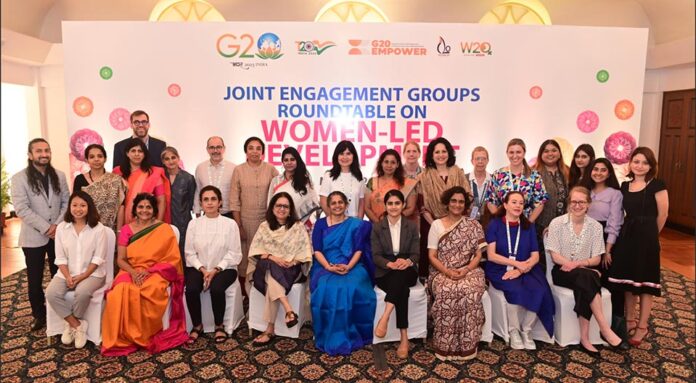Gender justice is an important commitment of the Government as enshrined in the Constitution of India. In order to promote a gender just society and increased representation of women in various domains, several steps have been taken by the Government over the years.
These include enactment of criminal laws and special laws like ‘the Protection of Women from Domestic Violence Act, 2005’, ‘the Dowry Prohibition Act, 1961’, ‘the Prohibition of Child Marriage Act, 2006’; ‘the Indecent Representation of Women (Prohibition) Act, 1986’; ‘the Sexual Harassment of Women (Prevention, Prohibition and Redressal) Act, 2013’, ‘the Immoral Traffic (Prevention) Act, 1956’, ‘the Commission of Sati Prevention Act, 1987’, ‘the Protection of Children from Sexual Offenses Act, 2012’, ‘the Juvenile Justice (Care and Protection of Children) Act, 2015, minimum 1/3rd reservations for women in Panchayati Raj Institutions (PRIs), reservation for women in central/ state police forces, enabling provisions for induction of women in National Defence Academy (NDA) and Sainik Schools, Commando Forces etc.
In the past few years, India is witnessing a rapid transition from women’s-development to women-led development with the vision of a new India. To this end, the Government has adopted a multi-pronged approach to address issues of women on a life-cycle continuum basis encompassing educational, social, economic and political empowerment, so that they become equal partners in fast paced and sustainable national development.
India is presently one of the only 15 countries in the world with a woman Head of State. Globally, India has the largest absolute number of elected women representatives in local governments. India has 10% more women pilots than the global average. Globally, according to the International Society of Women Airline Pilots, around 5 percent of pilots are women. In India, the share of women pilots is significantly higher – over 15 per cent.














